Tools & Materials
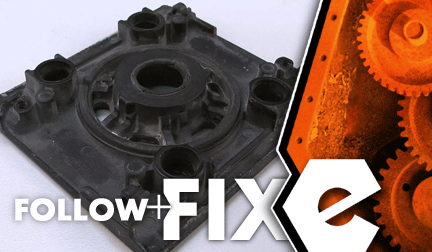

If raised grains and elbow strains are sanding away your patience, it's time to face the fix. Whether you are a sanding professional or a seasonal sander, eReplacementParts.com provides the parts, procedures and facts you need to fearlessly fix what fails you.
There are a couple of common problems you might encounter with the base plate on your finishing sander. With excessive use, the mounting holes can become worn or stripped, making it difficult (or impossible) to secure a sanding pad to the base. Bearing failure can also destroy the base plate by melting the center mounting ring. Regardless of the cause, replacing the base on a Makita finishing sander is very easy to do when you follow these step-by-step instructions.
Lets get started.
 REMOVING THE OLD BASE PLATE [top]
1. Remove the sanding pad from the base assembly.
REMOVING THE OLD BASE PLATE [top]
1. Remove the sanding pad from the base assembly.
a. Remove the four retaining screws from the sanding pad.
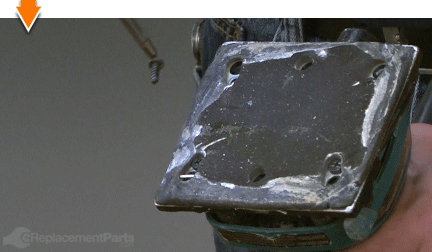
b. Remove the sanding pad from the base plate.
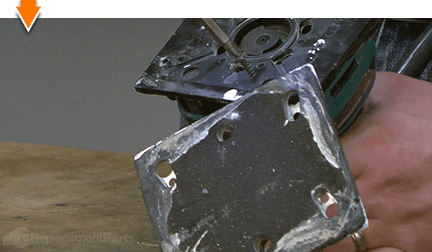 2. Remove the base assembly from the sander.
2. Remove the base assembly from the sander.
a. Insert a standard screwdriver through the opening in the center of the base plate (alongside the retaining screw). This will prevent the motor shaft from spinning while you remove the screw.
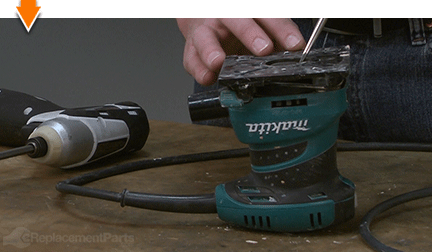
b. Remove the retaining screw.

c. Remove the base assembly from the sander.
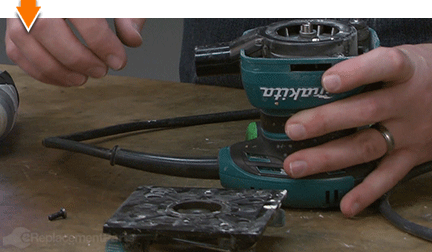 3. Remove the posts from the old base plate.
3. Remove the posts from the old base plate.
a. Remove the four metal posts from the old base plate.
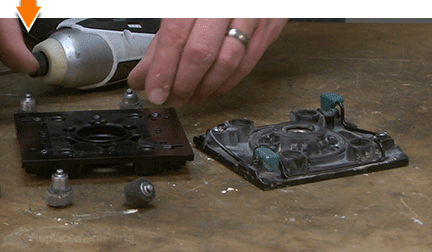 4. Remove the o-rings from the old base plate.
4. Remove the o-rings from the old base plate.
a. Use a pick or small screwdriver to remove the four o-rings from the old base plate.
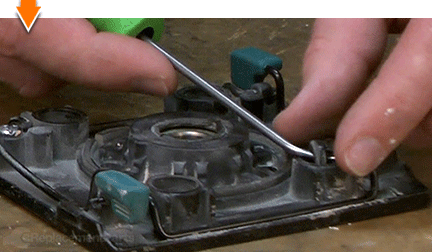 5. Remove the pad levers from the old base plate.
5. Remove the pad levers from the old base plate.
a. Remove the pad lever retaining screws.
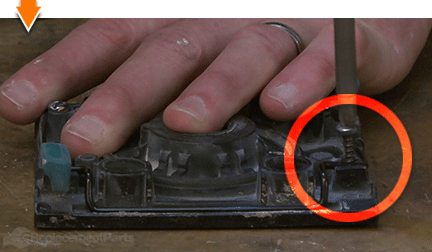
b. Lift and slide the levers away from the base.
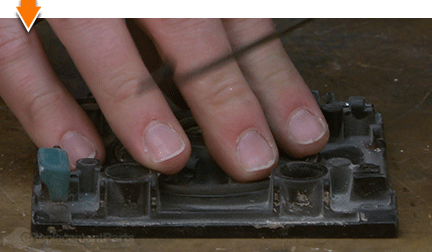 6. Remove the pad bearing from the old base plate.
6. Remove the pad bearing from the old base plate.
a. Position a socket squarely atop the inner race of the pad bearing (the socket should be the same size as the inner race).
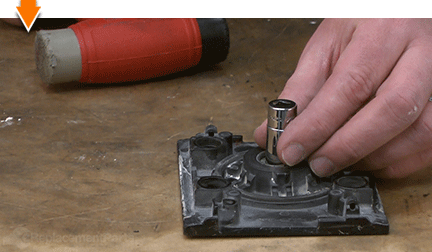
b. Strike the socket with a rubber mallet to loosen the bearing (this may require multiple attempts).
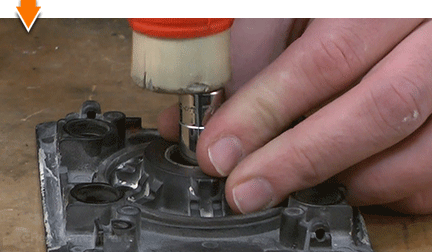
c. Remove the bearing from the base assembly.
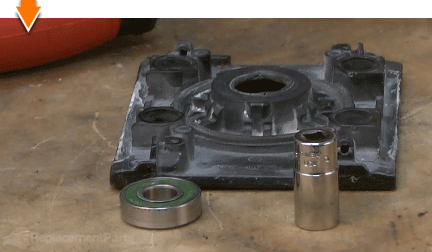
INSTALLING THE NEW BASE PLATE [top] 7. Install the pad bearing into the new base plate.
a. Align the pad bearing with the recess in the new base plate.
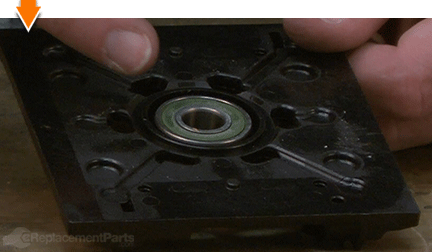
b. Position a socket squarely atop the outer race of the bearing (the socket should be the same size as the outer race).
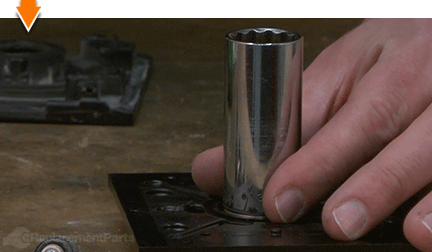
c. Strike the socket with a rubber mallet to seat the bearing (this may require multiple attempts).
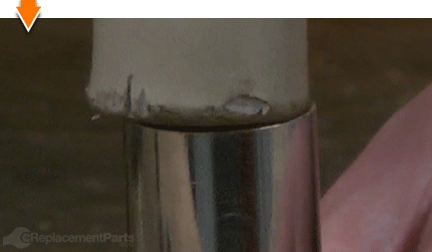 8. Install the o-rings into the new base plate.
8. Install the o-rings into the new base plate.
a. Install the o-rings into the openings on the base assembly (and motor housing).
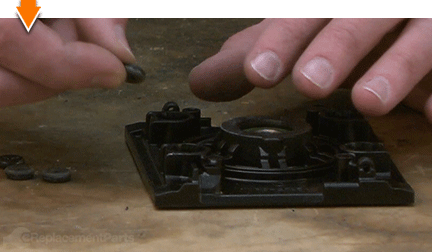
b. Use your finger (or a small screwdriver) to press the o-rings firmly into place.
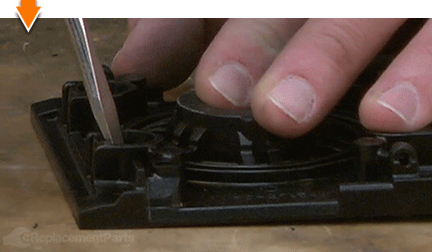 9. Install the posts into the new base plate.
9. Install the posts into the new base plate.
a. Install the four metal posts into the base assembly.
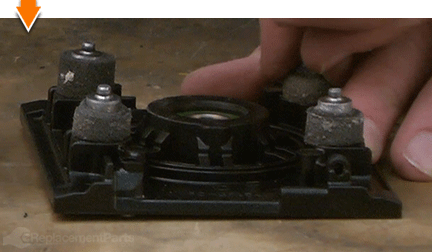
b. Press firmly on each post to ensure that it is seated within the o-ring.
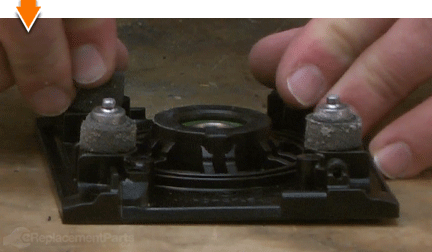 10. Install the pad levers onto the new base plate.
10. Install the pad levers onto the new base plate.
a. Insert the (non-handle) end of one lever into the opening on the base.
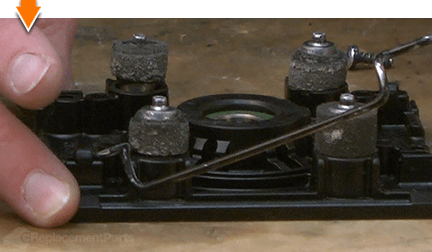
b. Lock the lever into place (as if you were going to use it).
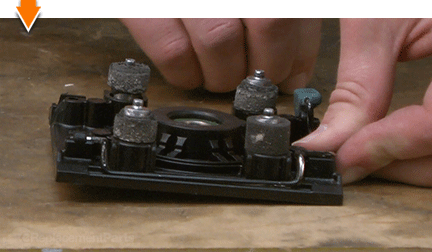
c. Secure the lever with the screw.
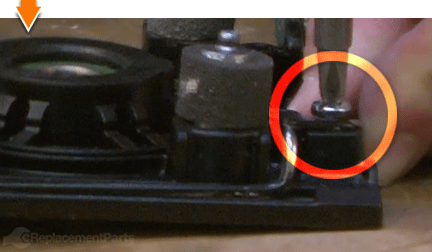
d. Repeat this step for the second pad lever.
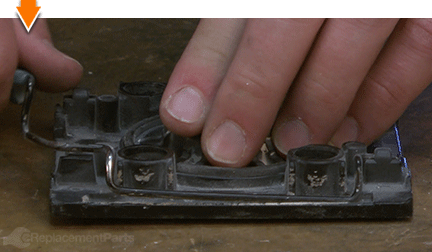
REASSEMBLING THE UNIT [top] 11. Reinstall the motor assembly to the sander.
a. Ensure that the four metal posts are firmly seated into the corresponding o-rings within the base assembly.
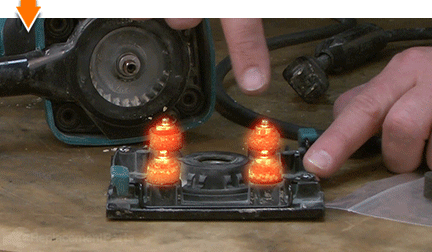
b. Verify that the remaining o-rings are seated in the top half of the motor assembly (image shows 2 of 4).
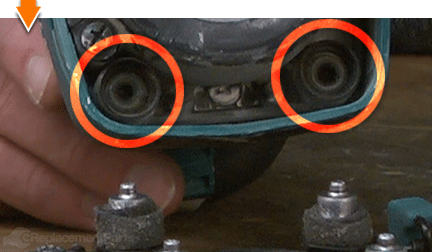
c. Align the holes on motor assembly with the four metal posts (on the base).
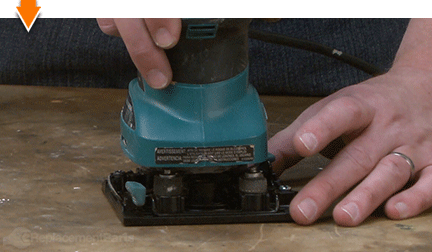
d. Press down firmly on the motor assembly to join the two halves.
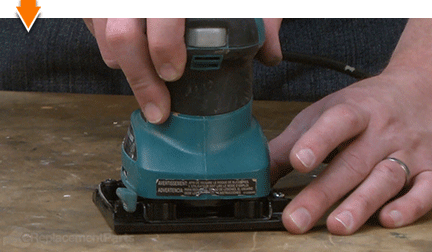
e. Verify that the metal posts have securely engaged the o-rings on both halves of the unit.
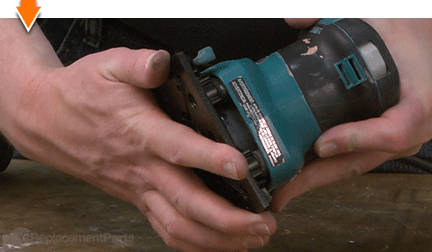
f. Install the counter-weight onto the center post.
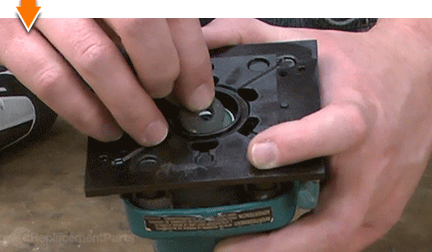
g. Install the retaining screw until it is hand-tight.
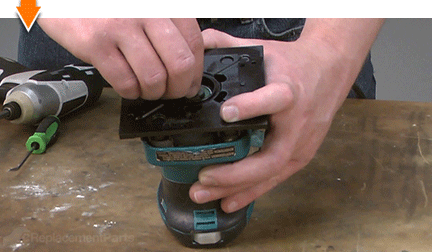
h. Bind the motor by inserting a screwdriver through the opening in the center of the base plate. This will prevent the shaft from spinning as the screw is tightened.
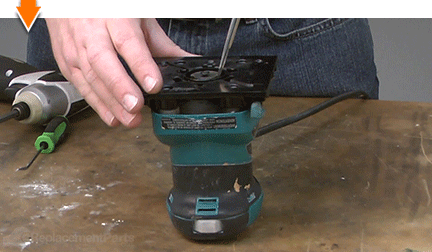
i. Secure the retaining screw.
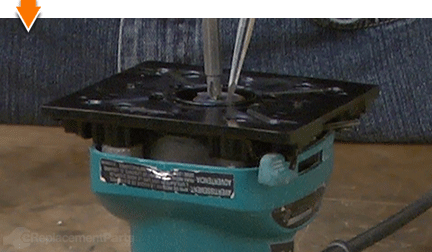 12. Reinstall the sanding pad.
12. Reinstall the sanding pad.
a. Align the sanding pad with the holes on the base assembly.
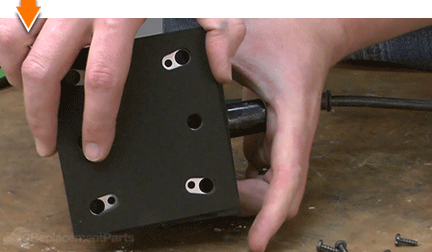
b. Secure the sanding pad with the screws.
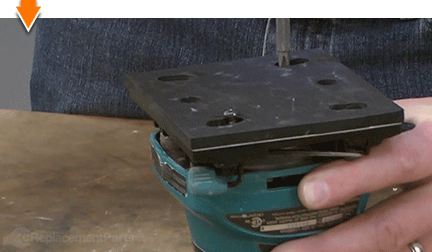

Sanding can be a demanding task. But you don't have to rough-up your accountant to smooth-out your countertops. As you just learned, repairing your own power tools is simple when you follow our step-by-step guides. Not only did you expand sander functionality at a fraction of the cost of replacement; you have taken the edge off all future repairs. Find your next fix here. [top]




















































